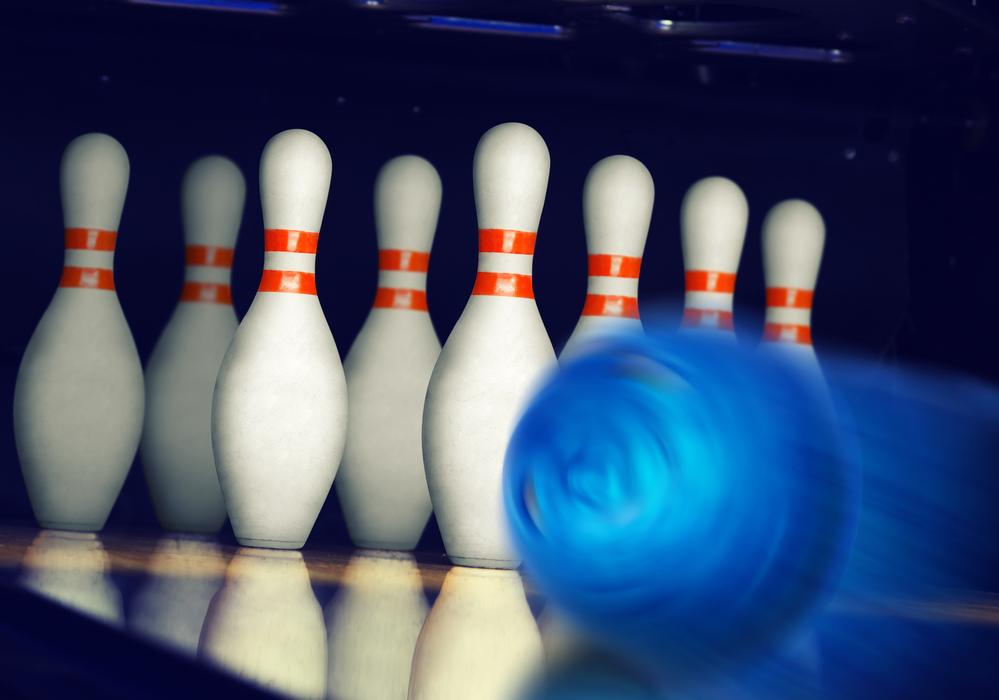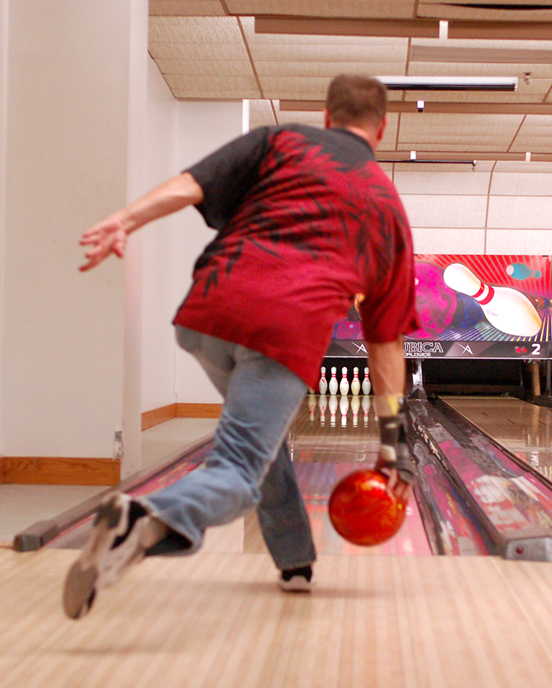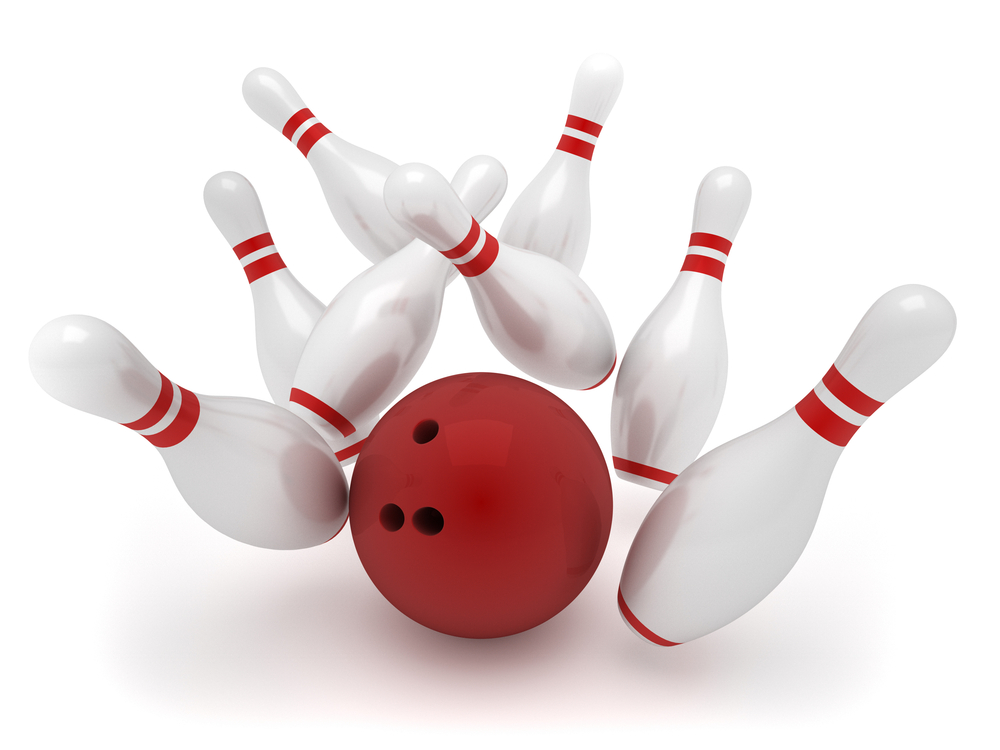
We’ve all been there.
You bowl your best game of the season, and when you finish the last frame you can barely contain your excitement. You can’t wait to see your final score. So you walk up to the scoreboard and … what? Your score is lower than your last game? What happened?
How could you have bowled a perfect game and still scored less than your previous outing? If you’re wondering what happened, keep reading. We’ll explain how bowling scoring works and tell you what a perfect score really is.
Contents
- 1 What’s a Perfect Score in Bowling?
- 2 How Do You Get a Perfect Bowling Score?
- 3 What Are the Different Types of Perfect Scores in Bowling?
- 4 How to Improve Your Chances of Getting a Perfect Score
- 5 Tips or Tricks to Help You Bowl a Perfect Game
- 6 Benefits of Achieving a Perfect Score
- 7 What Happens When You Bowl a Perfect Game
- 8 How Do You Know If You're on Track to Achieve a Perfect Score?
- 9 Frequently Asked Questions
What’s a Perfect Score in Bowling?
A perfect score in bowling is one in which a bowler scores a strike in frames 1-9 and 3 strikes in the tenth frame. This results in a total score of 300 points, which is generally considered to be the highest possible score in the game.
The official rules of bowling stipulate that a perfect game consists of 12 strikes, resulting in a score of 300 points, and it is an impressive feat, regardless of how it is achieved.
Candlepin and Duck pin highest bowling score is 300. While 5 pin highest is 450.

How Do You Get a Perfect Bowling Score?
The perfect score in bowling is 300 points. This is accomplished by bowling 12 strikes in a row.
A strike is when all ten pins are knocked down with the first ball. When this happens, the player gets 10 points plus the number of pins knocked down with the next two balls, which is 20 points (10x2). Therefore, 10+20=30 points for the first frame.
If, for example, the player knocks down seven pins with his second ball and three pins with his third ball, he would get a total of 20 points for that frame, but you will not get a perfect score.
How to Calculate the Perfect Bowling Score
In order to get a perfect score of 300, all ten pins must be knocked down with the first ball in each of the twelve frames. Using the math above, if you earned 30 points for every frame, and there are 10 frames, the maximum score for all 10 frames is 300 points.
While this may seem like a daunting task, it is actually not as difficult as it seems. By keeping a few simple tips in mind, any bowler can increase their chances of throwing a perfect game.
First and foremost, it is important to maintain a consistent pace when bowling. This means that you should not start out too fast or too slow but rather find a steady rhythm that you can maintain throughout the game.
Second, it is important to aim for your target guide and hook or curve the bowling ball. The vast majority of strikes are thrown when the ball hits the pocket, which is located between the head pin and pin 3 for righties or the head pin and pin 2 for lefties.
What Are the Different Types of Perfect Scores in Bowling?
A perfect score results in a score of 300 points, and there are no other variations of this.
However, there are other types of strike scores that can be achieved in bowling.
For example, a bowler can roll 3 strikes in a row and then convert or bowl 4 strikes in the final frames.
Similarly, a bowler can roll 10 strikes in a row and fail to convert a turkey (three strikes in a row) in the final frame for a total score of 288 points.
While these scores may not be technically perfect, they are still very impressive and demonstrate the skill of the bowler.
Here are the variations of strikes and how they’re called in bowling:
- 2 Strikes in a Row: Double
- 3 Strikes in a Row: Turkey
- 4 Strikes in a Row: Four-bagger or Hambone
- 5 Strikes in a Row: Five-bagger or Yahtzee
- 6 Strikes in a Row: Six-bagger or Six Pack
- 7 Strikes in a Row: Seven-bagger or Front Seven
- 8 Strikes in a Row: Eight-bagger or Front Eight
- 9 Strikes in a Row: Nine-bagger or Front Nine
- 10 Strikes in a Row: Ten-bagger or Front Ten
- 11 Strikes in a Row: Eleven-bagger or Front Eleven
- 12 Strikes in a Row: Perfect Game or 300
How to Improve Your Chances of Getting a Perfect Score
They say that practice makes perfect, and this is especially true when it comes to bowling. If you want to improve your chances of getting a perfect score, it's important to put in the time on the lanes.
But simply practicing your bowling technique is not enough. You also need to have a good understanding of the game itself. To help you get started, here are a few tips on how to improve your chances of getting a perfect score in bowling:
- First and foremost, you need to have a strong understanding of the game. This means knowing the rules inside and out, as well as mastering the different techniques involved in bowling.
- Second, you need to be able to control your shots. This means having a consistent release point and arm swing, and being able to accurately target the pins.
- You also need to have some luck on your side. This means making sure that all of your shots are properly aimed and that the pins are correctly positioned.
- Finally, you need to be patient and never give up. Even if you don’t get a perfect score the first time around, keep practicing and eventually you will achieve success.

Tips or Tricks to Help You Bowl a Perfect Game
When it comes to bowling, there is more to the game than simply throwing the ball down the lane. In order to bowl a perfect game, you need to have a good understanding of ball mechanics and lane conditions.
Here are a few tips and tricks that can help you get started:
- To start, always use a clean ball. A clean ball will reduce friction, making it easier to throw strikes. If your ball starts to pick up dirt or oil, simply wipe it down with a cloth.
- Next, take a look at the lane conditions before you bowl. If the lanes are dry, you will need to use a different approach than if they are oily. Dry lanes tend to be faster, so you will need to put more spin on the ball. Oily lanes are slower, so you will need to adjust your aim accordingly.
- Finally, remember that practice makes perfect. The more you bowl, the better you will become at striking the pins.
Benefits of Achieving a Perfect Score
Achieving a perfect score (the highest score in bowling) may not be the most important thing, but it certainly has its benefits.
For many people, the sport of bowling is a casual activity to be enjoyed with friends or family. However, for those who take the game more seriously, achieving a perfect score is the ultimate goal.
Achieving this feat requires precision, focus, and practice. For most bowlers, the rewards of achieving a perfect score are well worth the effort.
Not only does it provide a sense of satisfaction and accomplishment, but it can also lead to increased participation in tournaments and other competitions.
In addition, achieving a perfect score can help to improve one's technique and form, making them a better bowler overall. For anyone looking to take their bowling game to the next level, striving for a perfect score is an excellent goal to set, especially for professional bowlers.
What Happens When You Bowl a Perfect Game
A perfect game is a feat that's only possible if you bowl with precision and power. The first strike is always the hardest to get because it's when the pins are at their tightest. Once you get the first strike, it becomes easier to get the next one.
The key is to keep your composure and focus on each throw. If you can do that, then you have a good chance of bowling a perfect game.
When all is said and done, bowling a perfect game is an accomplishment that few people can claim. It takes skill, precision, and a whole lot of luck. But when you finally do it, it's an unforgettable experience.

How Do You Know If You're on Track to Achieve a Perfect Score?
It can be tough to know whether you're on track to achieve a perfect score. After all, the standards for what constitutes a "perfect" score can vary depending on the test and the individual.
However, there are some general guidelines that you can use to assess your progress.
First, take a practice test under timed conditions and score yourself using the test's rubric. Then, compare your score to the average score for test-takers of your same age and gender. If you're scoring significantly higher than average, you're probably on track to achieving a perfect score.
Finally, keep in mind that practice makes perfect- so don't be discouraged if you don't get a perfect score on your first try. With enough effort, you'll be able to reach your goal.
Frequently Asked Questions
Has Anyone Got 300 in Bowling?

Yes, according to PBA, the first recorded 300 game was bowled in 2007 by Jason Belmonte.
There are several bowlers who have achieved a 300 game. In fact, the Professional Bowlers Association has a record book that documents the accomplishments of its members.
Who Is the Youngest Person to Bowl a 300 Game?

Hanna Diem
According to the United States Bowling Congress (USBC), the youngest person to bowl a 300 game is a child from Seminole, Florida. She accomplished this feat at the age of 9 years.
How Hard Is It to Bowl a 300?

It's not as hard as you might think, but it is hard to do it consistently.
In fact, several people have done it in sanctioned competitive play. However, it is extraordinarily difficult to do on a consistent basis. The reason is that bowling requires a great deal of accuracy and consistency, two qualities that are extremely difficult to maintain for an extended period of time.
Related Articles
A perfect score in bowling is 300. This means that a bowler has knocked all the pins down in one go 12 times. It’s an impressive feat, but it’s not easy to achieve.
Those who bowl perfect scores in a ten-pin bowling tournament organized by a recognized bowling body have a chance to be honored with a 300 bowling ring.
I hope that this article was helpful and if so, share it with your circle of friends.
Kira Byrd, a Certified Fraud Examiner, holds a B.S. in Accounting from the University of Alabama at Birmingham. With a passion for bowling from her childhood, Kira has poured her expertise and personal experiences into creating and nurturing Bowling For Beginners. Kira's mission is to meet new bowlers where they are and guide them toward consistently achieving higher scores. With a focus on skill development and strategic techniques, she empowers readers to take control of their game and unlock their true potential.
Bowling For Beginners embodies strict editorial integrity, ensuring reliable and unbiased information. Kira's commitment to delivering valuable insights and practical strategies is reflected in every article. Here's an explanation of our editorial policy and how we get money.





